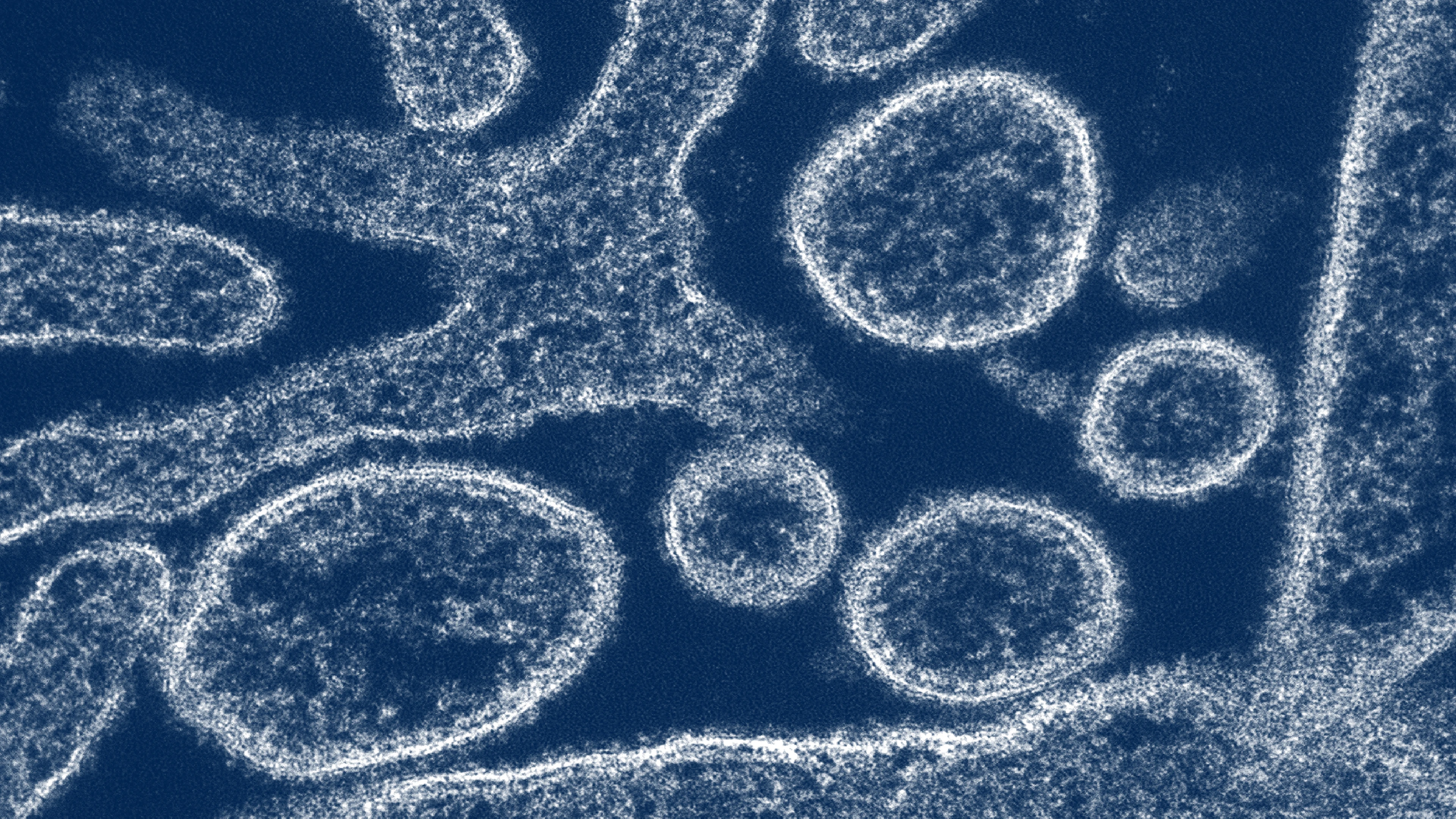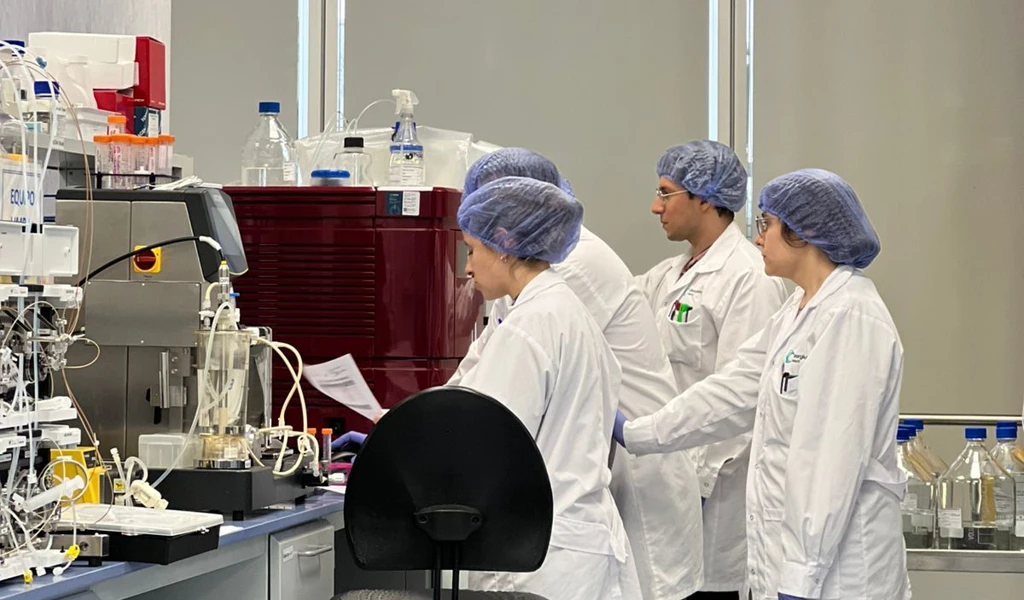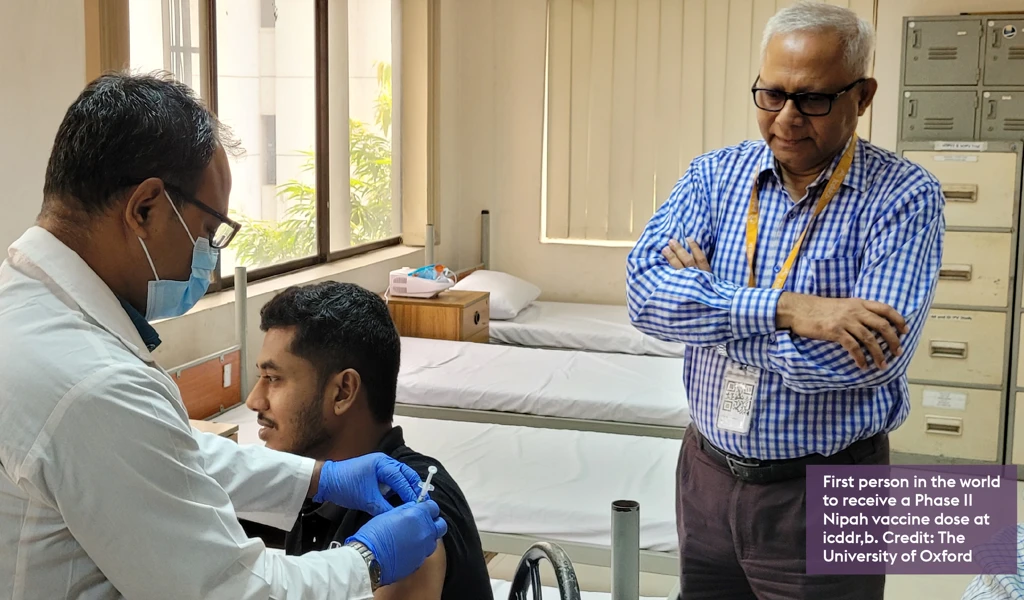CEPI signs new collaborative agreement with US Dept of Defense to expand protection against disease outbreaks

29 May 2025; OSLO; WASHINGTON D.C.: CEPI and the US Department of Defense, Joint Program Executive Office for Chemical, Biological, Radiological and Nuclear Defense (JPEO-CBRND), have signed a new agreement that will enable the two organisations to collaborate on projects that expand global defences against disease outbreaks.
Under the terms of the Collaborative Research and Development Agreement (CRADA), CEPI and JPEO-CBRND will work together on projects of identified mutual interest and, where appropriate, take a collaborative approach to the development of medical countermeasures. This approach helps to accelerate the availability of potentially lifesaving medical countermeasures for global populations, including the U.S. joint forces who are serving missions around the world, against emerging infectious diseases and to avoid duplication of efforts.
The first agreed-upon project will support the development of a Nipah monoclonal antibody (MBP1F5), contributing to the missions of both organisations. JPEO-CBRND will transfer doses of a Nipah monoclonal antibody (MBP1F5)—currently undergoing Phase 1 testing in the US with JPEO-CBRND—to CEPI for the conduct of a CEPI-funded Phase 1b/2a clinical trial in India and Bangladesh, two countries affected almost annually by Nipah virus outbreaks. This partnership will provide CEPI with accelerated access to doses for this critical trial, which could pave the way for the use of the monoclonal antibody to protect vulnerable populations during an outbreak in Nipah-affected regions. In exchange, CEPI will share the clinical trial safety data with JPEO-CBRND, which could support the use of MBP1F5 in a potential emergency to protect the U.S. joint force.
Nipah virus, a zoonotic disease of the Paramyxovirus family, kills up to 75 percent of the people it infects. There are no approved treatments or vaccines to defend against it. So far, Nipah virus outbreaks have been confined to South and Southeast Asia, but Pteropus bats (i.e., the virus vector) are found in a large geographical area across the globe covering a population of more than 2 billion people.
Dr Richard Hatchett, Chief Executive Officer, CEPI, said, “We are delighted to forge this new partnership with the US Department of Defense's Joint Program Executive Office for Chemical, Biological, Radiological, and Nuclear Defense, whose foundational work on a Nipah virus monoclonal antibody has already reached Phase 1 clinical trials in the US. Sharing these existing doses with CEPI gives us a head-start on furthering the clinical development of the monoclonal antibody in a Nipah-affected country, accelerating the overall development phase while enabling both organisations to access a potentially life-saving medical countermeasure in an emergency."
Bruce Goodwin, Joint Project Lead for CBRND Enabling Biotechnologies, JPEO-CBRND, said, "Our goal is to provide the U.S. joint force with rapid, resilient and operationally relevant solutions to protect and defend them against any threat they may face across the globe. This partnership with CEPI helps us achieve that goal faster.”
Under the umbrella of the CRADA, CEPI and JPEO-CBRND may also jointly identify future additional areas of collaboration that support global health security for potential use in emergency response situations.
—ENDS—
About CEPI
CEPI was launched in 2017 as an innovative partnership between public, private, philanthropic and civil organisations. Its mission is to accelerate the development of vaccines and other biologic countermeasures against epidemic and pandemic disease threats and enable equitable access to them. CEPI has supported the development of more than 50 vaccine candidates or platform technologies against multiple known high-risk pathogens and is also advancing the development of rapid response platforms for vaccines against a future Disease X. Central to CEPI's pandemic-beating five-year plan for 2022-2026 is the ‘100 Days Mission' to compress the time taken to develop safe, effective, globally accessible vaccines against new threats to just 100 days.
About the US Department of Defense, Joint Program Executive Office for Chemical, Biological, Radiological and Nuclear Defence
The Joint Program Executive Office for Chemical, Biological, Radiological and Nuclear Defense (JPEO-CBRND) mission is to provide integrated layered Chemical, Biological, Radiological, and Nuclear Defense capabilities to the Joint Force across warfighting functions and combined Joint All-Domain Operations. The JPEO-CBRND’s goal is to enable the Joint Force to fight and win unencumbered by a CBRN environment. To learn more about the JPEO-CBRND, visit: https://www.jpeocbrnd.osd.mil/, or follow JPEO-CBRND on social media @JPEOCBRND.
The views expressed in this press release reflect the views of the authors and do not necessarily reflect the position of the Department of the Army, Department of Defense, nor the United States Government. References to non-federal entities do not constitute or imply Department of Defense or Army endorsement of any company, product or organization.



